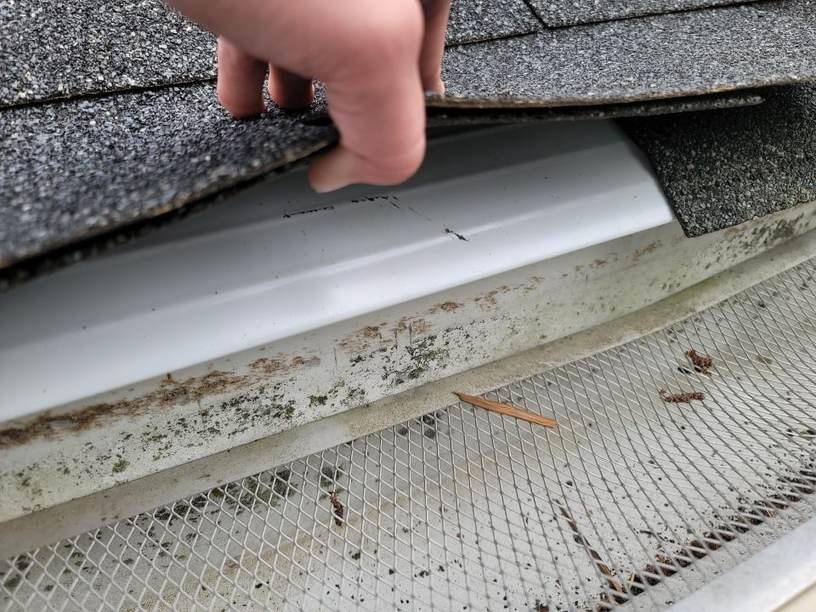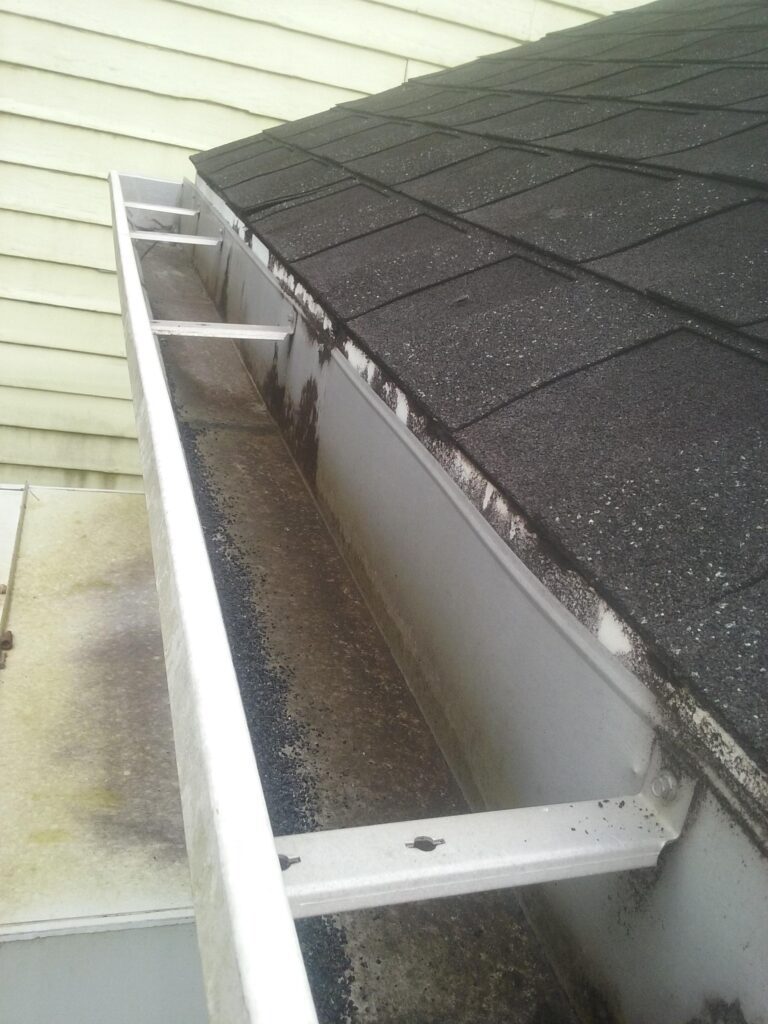Roofs play a vital role in protecting our homes, but have you ever stopped to consider the importance of a drip edge? Although often overlooked, this unassuming feature can have a significant impact on the overall health and longevity of your roof. Without a drip edge in place, water can seep into vulnerable areas, causing a plethora of issues such as rot, mold growth, and even structural damage. In this article, we will explore the potential consequences of not having a drip edge on your roof, highlighting why this small yet essential component should not be underestimated.
Potential Consequences of Not Having a Drip Edge
When it comes to protecting your home, having a properly installed drip edge is not something that should be overlooked. A drip edge is a vital component of your roofing system that helps to direct water away from your home’s foundation and prevent damage. Without a drip edge, you risk facing several potential consequences that could have a significant impact on the integrity of your home. In this article, we will explore the various risks associated with not having a drip edge and highlight why it is essential for every homeowner to ensure this protective feature is in place.
Water Damage to Fascia and Soffit
One of the most significant risks of not having a drip edge is the potential for water damage to the fascia and soffit of your home. The fascia and soffit are the boards that run along the edge of your roof, protecting the underlying structure from water intrusion. Without a drip edge, water can seep behind these boards, leading to rot, decay, and even structural damage. This can compromise not only the aesthetic appeal of your home but also its overall stability.
Damage to the Roof Decking
Another consequence of not having a drip edge is the increased risk of damage to your roof’s decking. The roof decking is the layer of wood or other materials that lies beneath the shingles and provides a solid base for your roof. Without a drip edge to direct water away from the edge of the decking, moisture can accumulate and penetrate, leading to rot and decay. Over time, this can weaken the structural integrity of your roof and require costly repairs or even a complete replacement.

Increased Risk of Ice Dams
For homeowners in colder climates, the absence of a drip edge can also result in an increased risk of ice dams. Ice dams occur when snow melts on the warmer sections of your roof, flows down to the edge, and refreezes. Without a drip edge to guide the water away from the roof’s edge, ice dams can form, causing water to back up under the shingles and potentially leak into your home. This not only leads to water damage but can also result in mold growth, compromising your indoor air quality.
Potential for Mold and Mildew Growth
Speaking of mold growth, without a drip edge, the moisture that accumulates along the edge of your roof can create an ideal environment for the development of mold and mildew. Mold and mildew thrive in damp, dark areas, and without proper drainage provided by a drip edge, your roof becomes a prime breeding ground. Aside from the unpleasant smell and unsightly appearance, mold and mildew can have serious health implications for you and your family.

Increased Maintenance and Repair Costs
Not having a drip edge can also significantly increase your long-term maintenance and repair costs. When water is allowed to penetrate your roof’s structure, it can cause damage to other components, such as insulation, electrical systems, and even your home’s interior. Repairing these damages can be time-consuming and costly. By installing a drip edge, you can help prevent these issues from occurring in the first place and save yourself from unnecessary expenses down the road.
Compromised Structural Integrity
The absence of a drip edge can compromise the structural integrity of your entire home. Water intrusion can seep into the walls, rotting the framing and compromising the stability of the structure. Over time, this can lead to sagging or shifting walls, floors, and even ceilings, creating significant safety hazards. By having a properly installed drip edge, you can protect your home from these structural issues and ensure the long-term stability of your property.

Decreased Energy Efficiency
Did you know that not having a drip edge can also result in decreased energy efficiency? When water infiltrates your roofing system, it can impact the insulation, causing it to become wet and lose its effectiveness. This means that your home will have a harder time retaining heat in the winter and keeping cool in the summer, leading to higher energy bills. By simply having a drip edge in place, you can help maintain the energy efficiency of your home and reduce your carbon footprint.
Shortened Lifespan of Roofing Materials
Without a doubt, the absence of a drip edge can significantly shorten the lifespan of your roofing materials. As water seeps into your roof’s structure, it can deteriorate the shingles, causing them to become brittle, crack, or curl. This compromises their ability to protect your home from the elements and can result in premature roof failure. By investing in a drip edge, you can ensure that your roofing materials remain in optimal condition for years to come, saving you money and headaches in the long run.

Higher Risk of Pest Infestation
Water is not the only potential threat when it comes to not having a drip edge. The accumulation of moisture along the edge of your roof can also attract pests such as insects, birds, and rodents. These unwanted guests can chew through your roofing materials, create nests, and cause further damage to your home. By installing a drip edge, you can minimize the risk of pest infestation and keep your home free from these invaders.
Voided Warranty on Roofing Materials
Lastly, not having a drip edge can result in the voiding of your warranty on roofing materials. Many manufacturers require the installation of a drip edge as part of their warranty terms. Failure to have this essential component in place could mean that you are left footing the bill for any repairs or replacements that would otherwise be covered under warranty. By ensuring that you have a drip edge installed, you can protect your investment and have peace of mind knowing that your roofing materials are backed by a valid warranty.
In conclusion, the potential consequences of not having a drip edge are far-reaching and should not be ignored. From water damage to fascia and soffit, to compromised structural integrity and increased energy costs, the absence of a drip edge can have a significant impact on your home. By investing in a properly installed drip edge, you can protect your home from the various risks associated with water intrusion and ensure the longevity and stability of your property. Don’t overlook this essential component of your roofing system – your home deserves the best protection possible.
